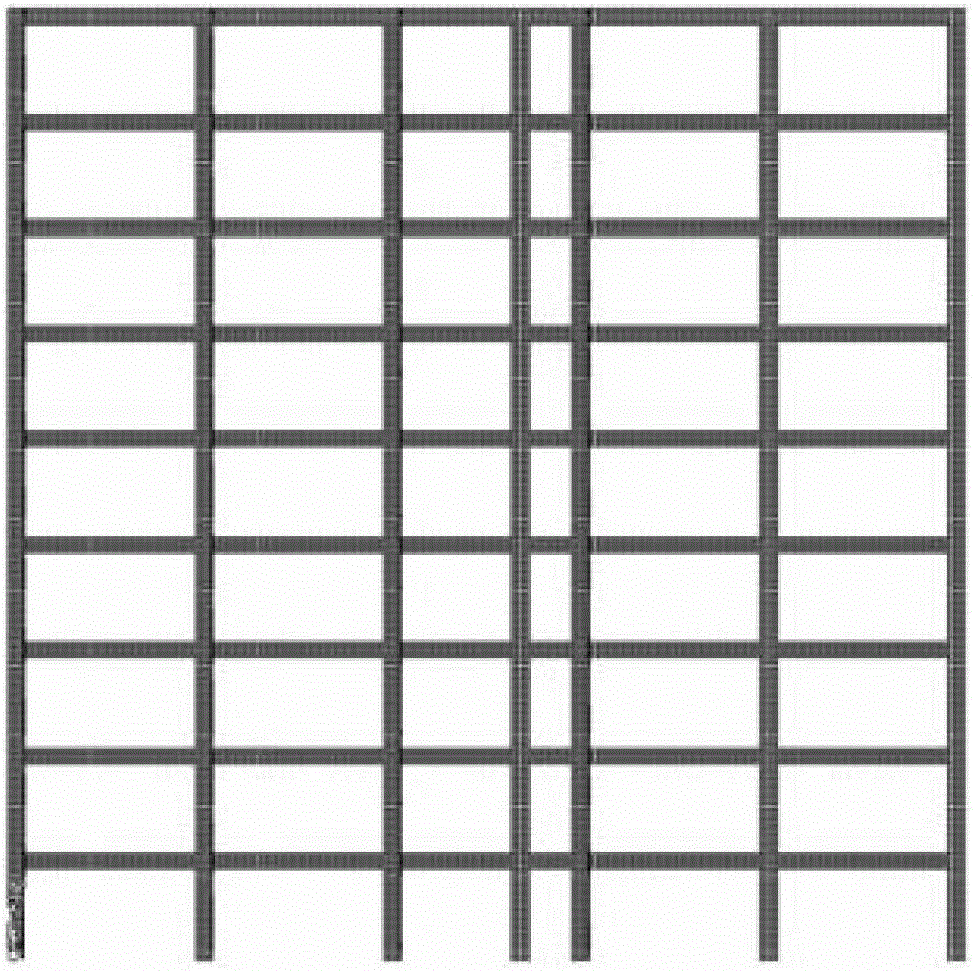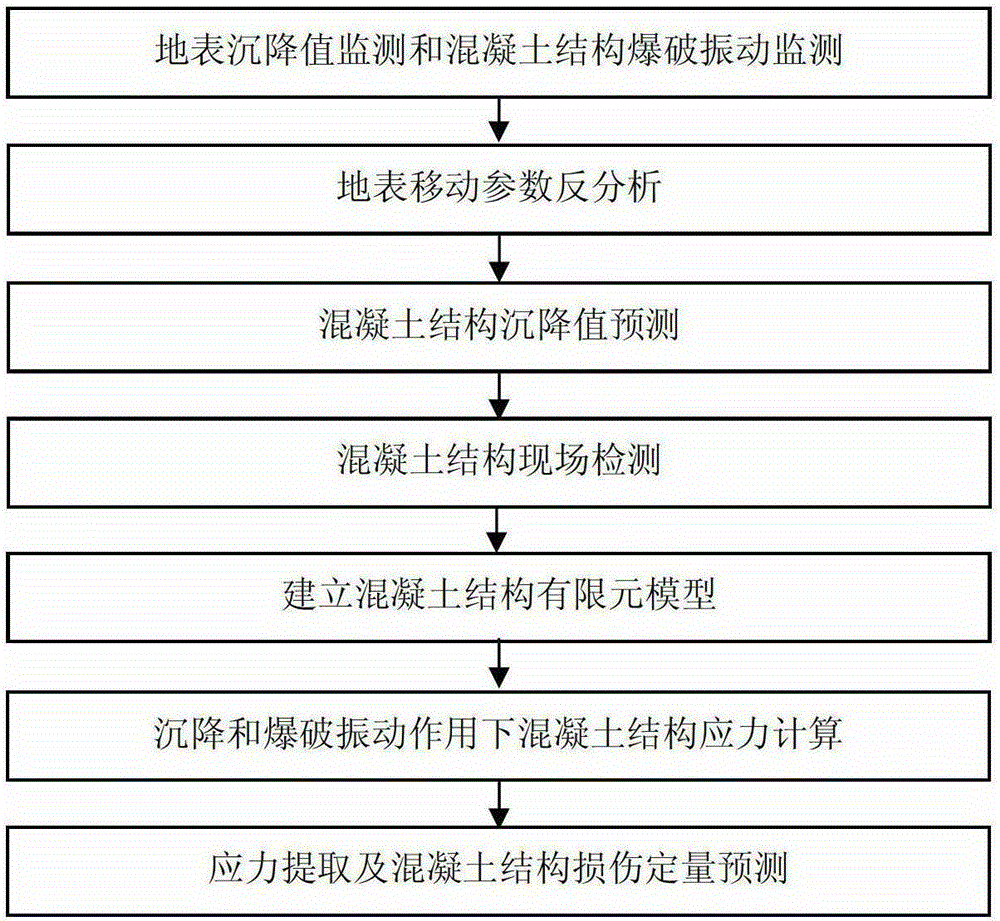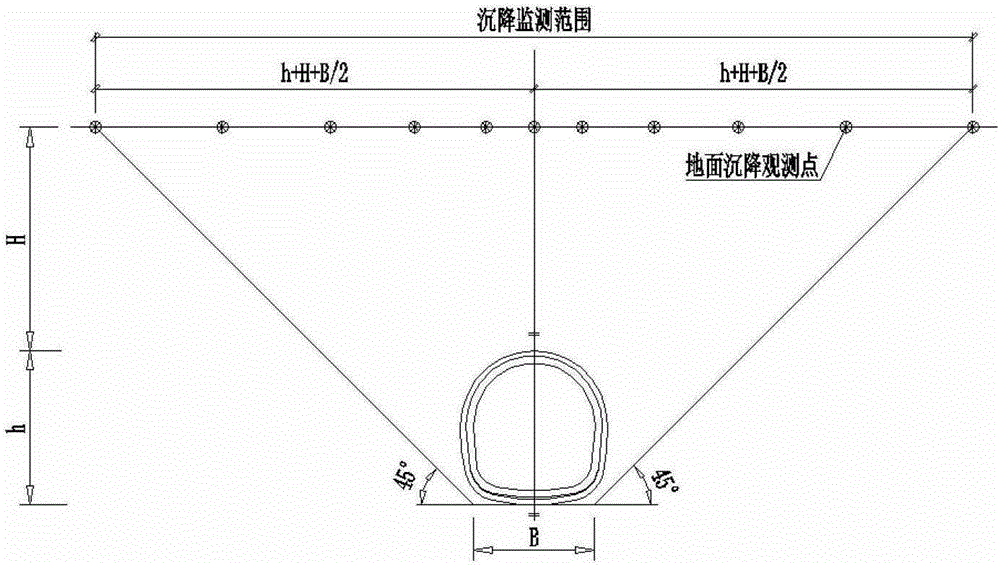In terms of the
impact of surface
subsidence caused by tunnel excavation on buildings, Yi Xiaoming and Zhang Dingli combined the
engineering practice of the Xiamen Airport Road tunnel passing through the building complex, and respectively adopted the W-W failure criterion, the yield proximity model and the Mazars damage model to analyze the ground surface. The quantitative calculation and evaluation of the deformation and
cracking of the house shows that the yield proximity model is essentially a generalized plastic zone, and the result is a quantitative distribution of the
cracking safety degree of the house; the Mazars damage model is a typical tensile damage model. According to its damage variable At the same time, based on the yield proximity model and the Mazars damage model, the numerical
simulation of the tunnel underpassing process is carried out. Non-
linear correlation, thereby realizing the quantitative evaluation and control of the whole process of building deformation and
cracking; the research results show that the calculation and evaluation results of the cracking process are in good agreement with the on-site cracking and deformation measurement results of the house, but this method is mainly for masonry structure, the failure criteria used are also suitable for masonry structures, which cannot accurately predict the damage and cracking of concrete structures; in addition, Yang Junsheng applied the stochastic medium theory to analyze the
ground settlement, surface horizontal deformation and The inclination of the ground surface was analyzed in depth. On this basis, by summarizing the protection grades and allowable deformation values of buildings at home and abroad, the impact of ground deformation caused by tunnel excavation on buildings was analyzed in detail, and finally the
tunnel construction was summarized. The impact assessment method on buildings, but this method is only a general assessment of the buildings above the tunnel, not limited to the assessment of a specific single structure, and this single structure often needs to be analyzed separately according to the specific situation. At the same time, its damage The evaluation criteria are only applicable to ordinary masonry structures, and other studies are limited to qualitative evaluation of the impact of
surface deformation caused by tunnel excavation on buildings; in terms of building damage caused by
blasting vibration, Zhang Yuxu et al. For the safety assessment of building structures under the action of seismic
waves, a comprehensive evaluation of the safety of blasting seismic
waves by using elastic-plastic time-history
analysis method is proposed. The elastic-plastic time-history analysis of the frame masonry structure on the ground floor of the first floor was carried out, and the stress,
bending moment, and displacement of the frame structure were obtained, but it was impossible to quantitatively analyze the damage caused by the specific blasting
seismic wave to the building; Tan Wenhui et al. A three-storey frame
structure building near the shoulder of the boundary slope of the open-pit mine was taken as the
research object. Through the field
blasting vibration measurement, numerical
simulation and theoretical analysis, the
fatigue damage model of
reinforced concrete components and the overall structure under the action of frequent blasting vibrations was established. The law of structural displacement, stress and stiffness changes under the action of frequent blasting vibrations has been studied. The research shows that under the action of frequent blasting vibrations, the damage caused by components is greater than the damage caused by the overall structure; the weakest part of the frame structure is the top floor of the structure As well as the top of the side column at the bottom of the structure, this research can provide a reference for the structural design of controlled blasting in open-pit mines and near-mine buildings. This method uses the
modal change (first-order or finite-order natural vibration period change) after the
blasting vibration of the frame structure To reflect the attenuation of structural stiffness, that is, the overall damage of the structure, and then evaluate the damage degree of the structure. This evaluation method is relatively vague, and the change of the mode cannot correspond to the damage of the structure quantitatively; other studies such as Wei Haixia et al. Monitor points in the building in the blasting area, conduct quantitative and
qualitative analysis on the field measured data, and use the multi-resolution
wavelet analysis method to obtain some characteristics of the
velocity response of the building structure under the action of blasting seismic
waves; Chen Shihai et al. use finite element time-history analysis Discusses the dynamic response of structures under different blasting vibration frequency and velocity loads, and points out that the
seismic safety standards of structures are based on the
peak value of
vertical load velocity at high frequencies and the
peak value of horizontal load velocity at low frequencies; the studies listed above The
response characteristics of buildings are analyzed from the perspective of blasting vibration wave characteristics, and the damage and cracking of concrete structures cannot be quantitatively analyzed.
 Login to View More
Login to View More  Login to View More
Login to View More 









